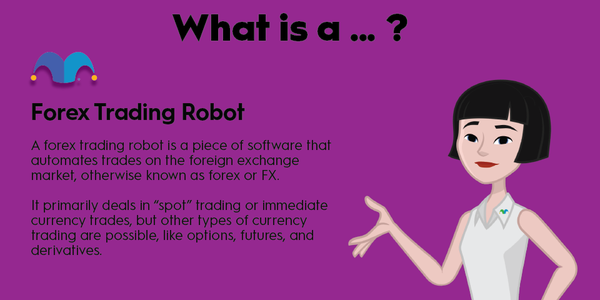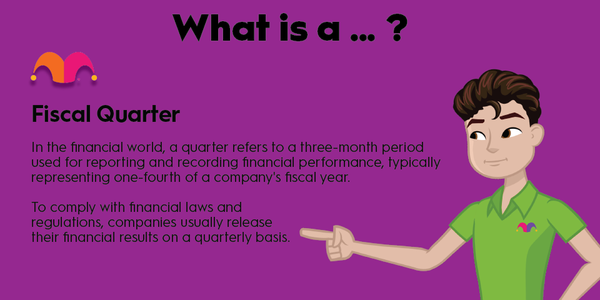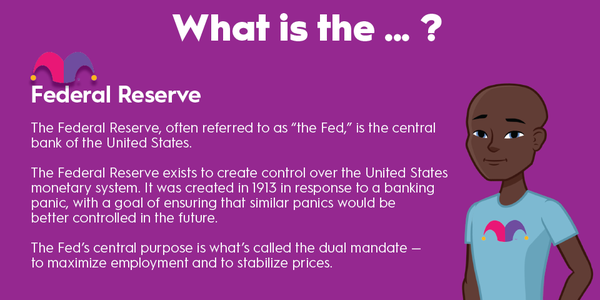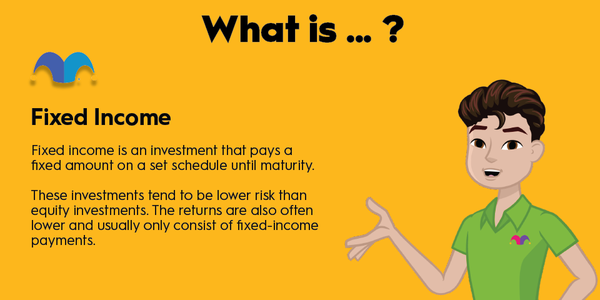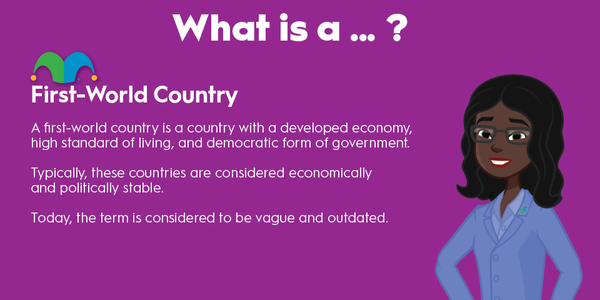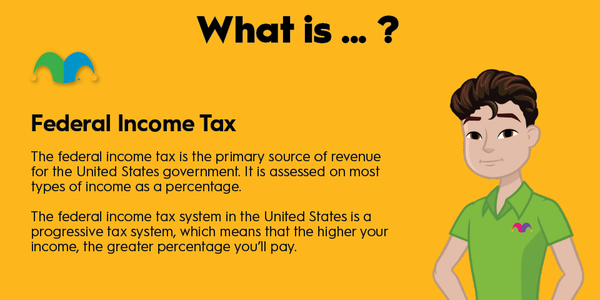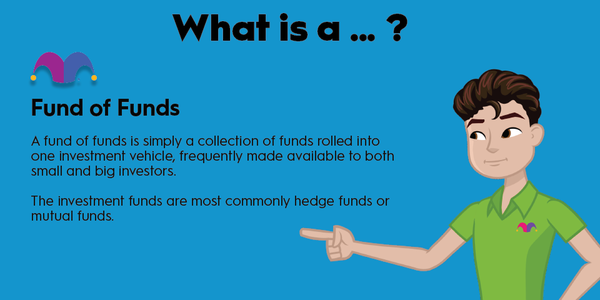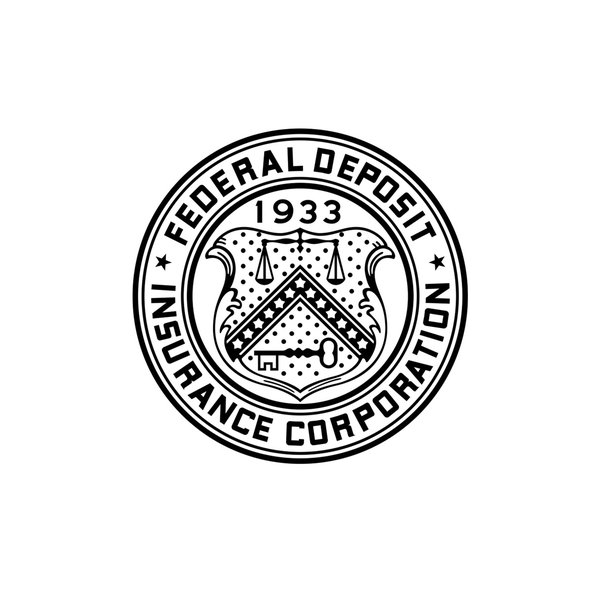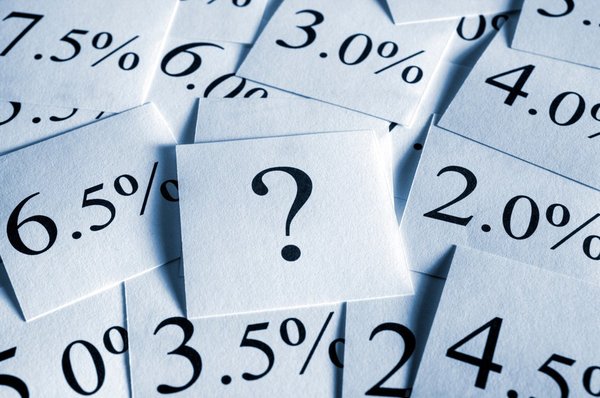A floating-rate note (FRN) is an interest-bearing debt security with an interest rate that can change, or float, over time. These income investments can protect investors from rising interest rate environments and can also be desirable for issuers, especially when interest rates are relatively high.
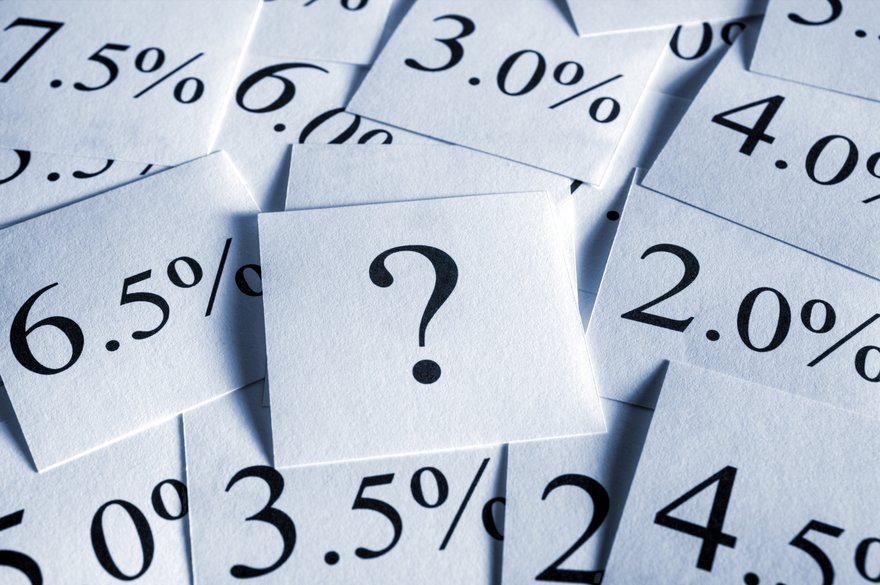
What is a floating-rate note?
What is a floating-rate note?
As mentioned, an FRN is a debt security that pays interest at a rate that can vary over time. It is generally tied to a specific benchmark, such as the federal funds rate. Floating-rate notes are issued by the U.S. government but can also be issued by corporations and banks.
Floating-rate notes generally have relatively short maturity terms, often ranging from two to five years. Depending on the structure of the specific FRN, the interest can change at intervals varying from daily to annually. Similarly, the frequency of interest payments can be different for different FRNs.
The main downside to floating-rate notes is that they typically pay significantly lower yields when issued compared with fixed-rate debt securities of similar maturities. Think of this as a trade-off. You give up some immediate income in exchange for protection in the event that benchmark interest rates rise significantly.
Why are they important?
Why are floating-rate notes important?
From an investor's perspective, floating-rate notes allow investors to earn higher yields when interest rates rise. For example, if you buy a five-year Treasury bill and the federal funds rate rises by four percentage points, your interest payments will remain unchanged. Alternatively, an FRN will allow you to receive higher interest payments in rising-rate environments like this.
From the issuer's perspective, there are some good reasons to issue FRNs instead of fixed-rate debt securities. As stated, FRNs typically have lower initial yields compared with fixed-income securities of similar maturities. And in a high-interest environment, using FRNs allows for the possibility of lower borrowing costs if benchmark interest rates fall.
Are they good investments?
Are floating-rate notes good investments?
FRNs aren't appropriate for people who rely on their investment portfolio for day-to-day income, as they don't produce steady income streams over time. And there is no guarantee that they will produce any certain yield for any length of time.
On the other hand, FRNs can be a smart addition to the fixed-income portion of a long-term investment portfolio. Their coupon payments (interest payments) can be unpredictable, but for long-term investors, they can be a hedge against the often damaging effects of rising interest rates on a stock portfolio.
It's also important to note that FRNs are not the same as inflation-protected bonds, such as I bonds. It's entirely possible to have little or no inflation in a rising-rate environment and vice versa. So, FRNs are not guaranteed to keep pace with inflation over time. In fact, if inflation is high at a time when benchmark rates are low, the exact opposite can be true.
Related investing topics
A real-world example
A real-world example of a floating-rate note
The U.S. Treasury Department issues floating-rate notes that are marketable Treasury securities. These instruments always have a two-year maturity term, pay interest four times per year, and have interest rates that can change throughout the term. They are available for purchase directly from the Treasury in $100 increments and are issued in January, April, July, and October.
The interest rate of an FRN is tied to the yield of the 13-week Treasury bill. This Treasury rate is applied to a spread, producing the current interest rate of the FRN.
